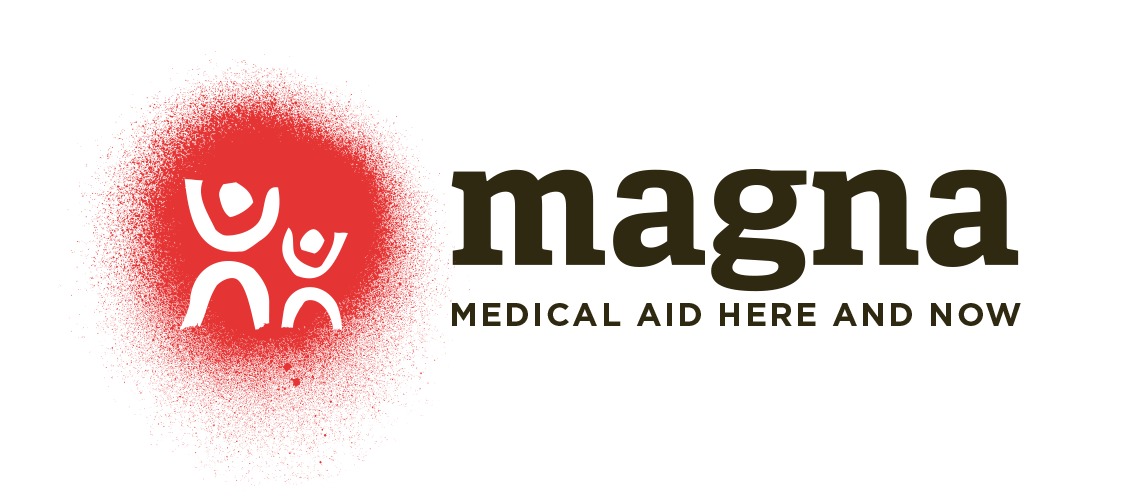South Sudan: Malnutrition is an everyday issue throughout the country, mothers are looking for a family meal in the bushes
Nauyen, a little 8 month old girl, her mother and grandmother live in Duk area, in the Jonglei region of South Sudan. The Duk county is one of several areas of the youngest country in the world in which MAGNA’s paramedics operate. Altogether with surroundings of capital city of Juba, they provide healthcare for around 100 thousand people, across the country – treating both communicable and non-communicable diseases, providing vaccinations for thousands of locals… However, the biggest problem is malnutrition, so MAGNA focuses on nutritional screening, finding out the severity of malnutrition amongst children, and then deploying appropriate treatment. It is a tall order, however. There are numbers of malnourished people in South Sudan because of not receiving balanced sustenance for months. Let’s look at the story of Nauyen, the little girl mentioned earlier:
Her mother gives the 8 months old girl a good bye kiss, hands her to grandmother, turns around and leaves. Without looking back once. The baby girl is sick, emaciated and needs her mother to be available at all times. But she needs to go to find a food in the bush. Daily approaching dangerous kilometers in the country that don’t necessarily bring success.
The 70 year old woman holding the infant in her arms is looking at her daughter walking away. “My granddaughter is just limp, emotionless, I think she may have a fever. Her eyes are shut most of the time. She has problems breathing, and she often coughs and vomits. I don’t know if it’s because she is starved or if she is really sick.” The family hopes the woman will find some food today. But the chances are slim. There are thousands of other people in the area doing the same thing: looking for daily bread in the wilderness. The source of their food is being found further and further away from them. But these people have no other choice. We depend on the bush as our source of survival, says 70 years old Gak Derwei Kuoth. “First, we eat the pulp of the fruit, and dry the seeds. When they get dry, we grind and cook them together with leaves from the same tree. We have nothing else to eat.
It’s not surprising that people are competing for food against each other. Ignoring the threats of wilderness or possibility of armed groups. If they want to survive, they must go further and further into the bush.
The World Food Program stopped delivering food aid here last June. The threat of endangering their workers became too great. The violent fighting in South Sudan broke out in 2013. Since then, the civil war robbed hundreds of thousands of farmers. “They lost the cattle, some of them even farming tools, and what’s worse – even if they had them, the devastating battles have made the soil unfarmable. Fighting malnutrition is our job every single day, as it threatens the lives of children,” says Cristina Masso, MAGNA coordinator of operations in South Sudan. Many people have lost their lives and acres of crops have been destroyed by military vehicles. Thousands of people are thus dependent on what they find in the wild. Those resources are slowly drying up and it seems that the warnings from the humanitarian organizations are turning into an appalling reality.
United Nations formally declared famine in Southern Sudan last week. People began dying of hunger and similar fate threatens another 100 thousand of residents. Cristina Masso adds that the locals have already exhausted their options of getting to daily bread safely. If the country doesn’t receive assistance before July, acute famine will threaten lives of million others. There are already several millions of people suffering from acute malnutrition as they haven’t had access to nutritious food for months. The civil war and poverty, combined with the indifference of the international community has set ground for a disaster that could have been, with some effort, avoided.
